Impact of Gun Violence on Historically Marginalized Communities
Impact of Gun Violence on Historically Marginalized Communities
What is the problem?
Gun violence affects every person in America, but the weight of this crisis is not felt equally across demographic groups.
Inequities in systems such as those in our justice, health, housing, and education institutions, along with generations of discrimination and disinvestment in certain communities, have exacerbated the gun violence crisis in a way that disproportionately impacts historically marginalized communities, including racial and ethnic groups, women, and LGBTQ+ people.
Why is it an issue?
Gun violence both reflects and worsens these inequities.
Black, Indigenous, and Latinx people experience higher rates of gun homicides overall and fatal shootings by police1CDC, WONDER, Provisional Mortality Statistics, Multiple Cause of Death, 2019–2023. See also, mappingpoliceviolence.org. than their white peers do. Gun homicides perpetrated by intimate partners disproportionately impact women, particularly Black and Indigenous women.
Although research on the intersection of gun violence and LGBTQ+ people is limited, surveys show that, compared to their straight peers, LGBTQ+ people are at higher risk for suicide and intimate partner violence. And Everytown’s tracking of homicides of transgender and gender-expansive people in the United States and Puerto Rico shows that the overwhelming majority of these homicides are committed with a gun, and the victims of these shootings are disproportionately Black trans women.
Structural disadvantages in marginalized communities are exacerbated by generations of systemic racism, discriminatory policies, and patterns of police violence, which dramatically reduce public confidence in government institutions and law enforcement. This distrust can make community members less likely to report victimization, which can hamper efforts to solve crimes, create barriers to accessing services—including victim compensation—and perpetuate cycles of violence.
Gun violence has a devastating impact on individual victims, and entire groups and communities experience the reverberating effects. News of a violent crime targeting members of a shared identity group can feel like a personal attack. Following the racially motivated mass shooting in 2022 by a white supremacist at a supermarket in Buffalo, New York, members of Black communities across the country faced the profound trauma that accompanies such horrific acts of targeted mass violence. Research has also found that people have reported experiencing higher levels of emotional distress and stated that they would be less likely to attend safe spaces—like LGBTQ+ nightclubs—after mass shootings that have victimized people of their shared identities.2Julie M. Croff, “Hidden Rainbows: Gay Bars as Safe Havens in a Socially Conservative Area since the Pulse Nightclub Massacre,” Sexuality Research and Social Policy 14 (2017): 233–40, https://doi.org/10.1007/s13178-017-0273-1; Skyler D. Jackson, “‘Connection Is the Antidote’: Psychological Distress, Emotional Processing, and Virtual Community Building among LGBTQ Students after the Orlando Shooting,” Psychology of Sexual Orientation and Gender Diversity 4, no. 2 (2017): 160–68, https://doi.apa.org/doi/10.1037/sgd0000229; Menachem Ben-Ezra et al., “Shattering Core Beliefs: Psychological Reactions to Mass Shooting in Orlando,” Journal of Psychiatric Research 85 (2017): 56–58, https://doi.org/10.1016/j.jpsychires.2016.09.033; Christopher B. Stults et al., “Perceptions of Safety among LGBTQ People following the 2016 Pulse Nightclub Shooting,” Psychology of Sexual Orientation and Gender Diversity 4, no. 3 (2017): 251–56, https://doi.apa.org/doi/10.1037/sgd0000240. When safe spaces no longer feel safe, entire communities suffer.
Understanding how gun violence affects historically marginalized communities is critical to developing data-driven and culturally competent interventions and policy solutions, such as community violence intervention programs. It also helps ensure that people and communities receive the resources needed to prevent violence, manage the trauma that can follow violence, and heal. For decades, members of these communities have come together to reduce violence and increase safety. But lawmakers need to do their part. They must prioritize community- and evidence-based solutions to gun violence, assess the disproportionate impacts, and develop policies to ensure accountability for police violence and ultimately end it. Survivors and advocates from marginalized communities must be an integral part of this process.
By the numbers
>12x
Black people in the US are more than 12 times more likely than white people to die by gun homicide.
>2x
American Indian/Alaskan Native women are more than two times more likely than white women to be fatally shot by an intimate partner.
>60%
More than 60 percent of known trans homicide victims who were killed with a gun were Black women.
2x
Police are twice as likely to threaten or use physical force during encounters with Latinx people than with white people.
What are the solutions?
-
Violence Intervention Programs
Community violence intervention programs provide evidence and community-informed, comprehensive support to individuals who are at the greatest risk of gunshot victimization. These programs are shown to reduce gunshot wounds and deaths in the neighborhoods most impacted by gun violence.
-
Victims of Crime Act (VOCA) Assistance Funding
Victims of Crime Act (VOCA) victim assistance funds are federal funds that can be used to support services for victims and survivors of gun violence. Many of the services eligible for VOCA victim assistance funds are already being provided by gun violence intervention programs, such as street outreach and hospital-based violence intervention programs. VOCA victim assistance grants should be used to help reduce gun violence and support gun violence survivors.
-
Repeal Shoot First Laws
Shoot First, also known as Stand Your Ground, laws allow a person to shoot and kill another person in a public area even when there are clear and safe ways to retreat from a dangerous situation. These laws threaten public safety by encouraging armed vigilantism.
-
Disarm Hate
Guns and hate are a fatal combination. In an average year, more than 25,000 hate crimes in the US involve a firearm—69 a day. In parts of the US, some people convicted of hate crimes can still legally buy and have guns. Congress and state legislatures should pass laws that keep guns out of the hands of those who have been convicted of hate crimes.
-
Prohibit People With Dangerous Histories From Having Guns
People with dangerous histories should be prohibited from having guns. Federal law prohibits gun possession by certain categories of people. States also set standards for who is too dangerous to have guns. People prohibited by federal or state law will fail a background check if they try to buy a gun from a licensed dealer.
-
Extreme Risk Laws
When a person is in crisis and considering harming themselves or others, family members and law enforcement are often the first people to see the warning signs. Extreme Risk laws, sometimes referred to as “Red Flag” laws, allow loved ones or law enforcement to intervene by petitioning a court for an order to temporarily prevent someone in crisis from accessing guns.
Featured Resources

Guns and Violence Against Women: America’s Uniquely Lethal Intimate Partner Violence Problem
Laws keeping guns out of the hands of abusers are associated with lower rates of violence against women and intimate partner homicides.
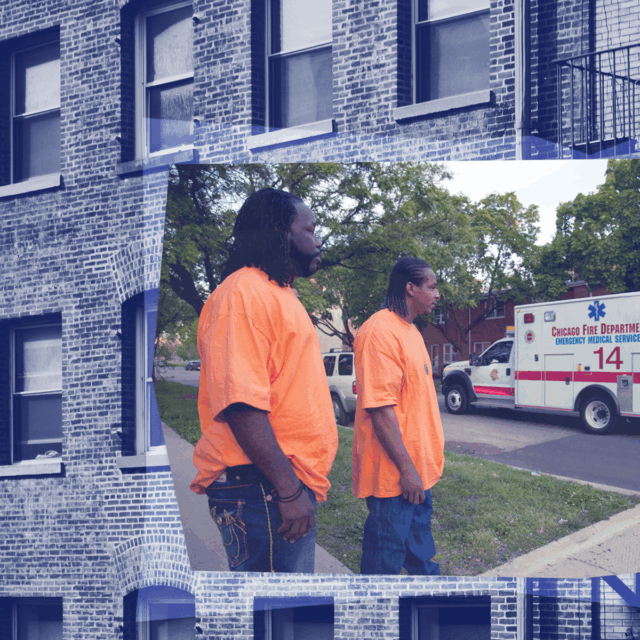
Invisible Wounds: Gun Violence and Community Trauma among Black Americans
Persistent gun violence is harming too many Black communities in the U.S., contributing to individual, family, and community-level trauma.
The Impact of Gun Violence on Latinx Communities
Latinx people in the United States are dying from gun violence every day and at rates disproportionate to their white peers.
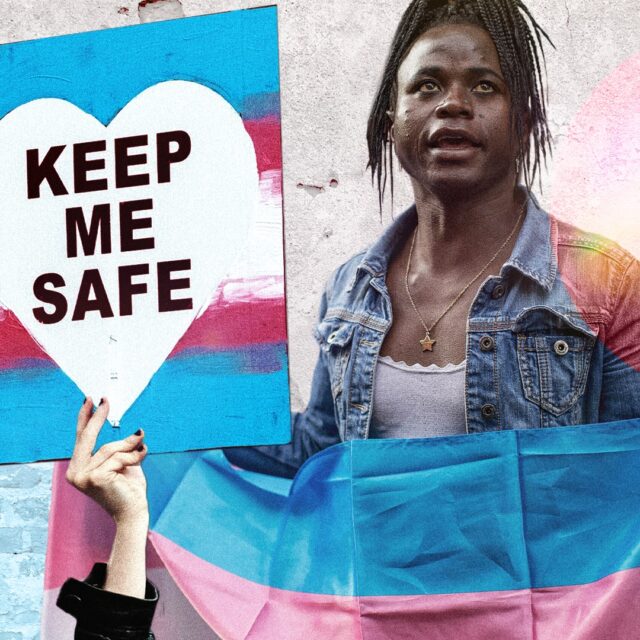
How Guns Fuel Violence Against Transgender People in America
Black trans women are bearing the brunt of a crisis of gun violence, often at the hands of perpetrators who are prohibited from owning guns.
All Resources
Impact of Gun Violence on Historically Marginalized Communities
All Resources
The Relationship Between Firearms, Mass Shootings and Suicide Risk among LGBTQ+ Young People
One in five LGBTQ+ young people report they or someone they know has been personally impacted by a mass shooting.
Report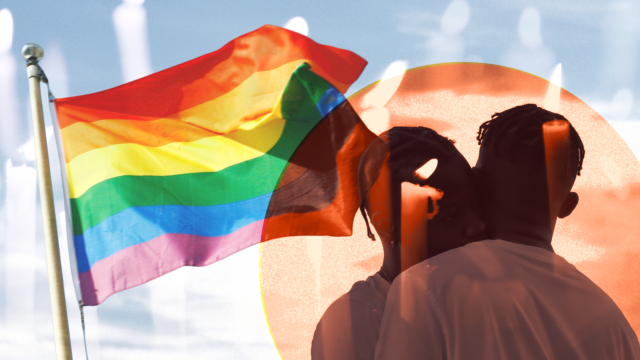
Hospital-Based Violence Intervention Programs: A Guide to Implementation and Costing
“Not every injured person is reflected in a police report—but they are coming to the emergency department. Crisis resources especially have…
Fact Sheet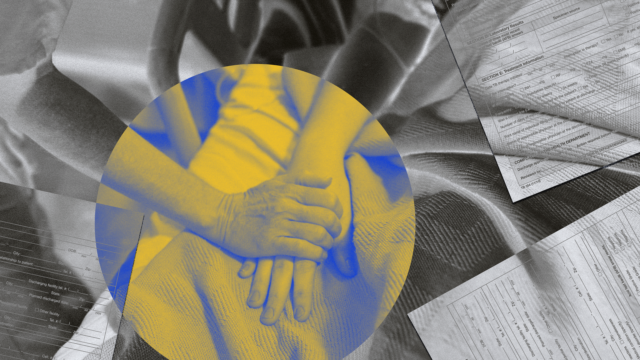
Freedom from Fear of Hate-Fueled Violence: Preventing Transgender Homicides
The statistics make it clear: violence against transgender people is a gun violence issue.
ReportNew Data, Same Conclusion: Smart Gun Laws Save Lives
Everytown's Gun Law Rankings show a clear correlation between states with strong gun laws and lower rates of gun violence.
Everytown Research & Policy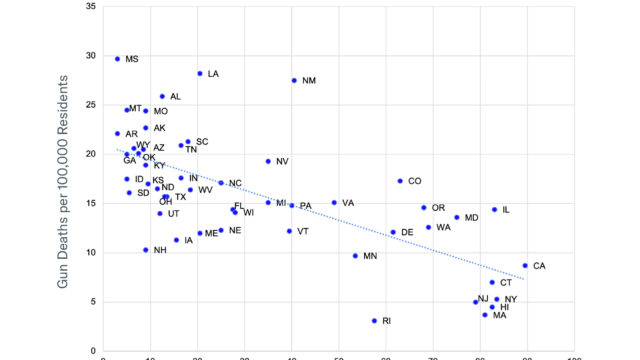
Beyond Measure: Gun Violence Trauma
This study focuses on trauma from gun violence by listening to the voices and experiences of those directly impacted.
Report
Summer Youth Employment Programs for Violence Prevention: A Guide to Implementation and Costing
Investing in an SYEP is a cost-effective way to help prevent violence in cities.
Fact Sheet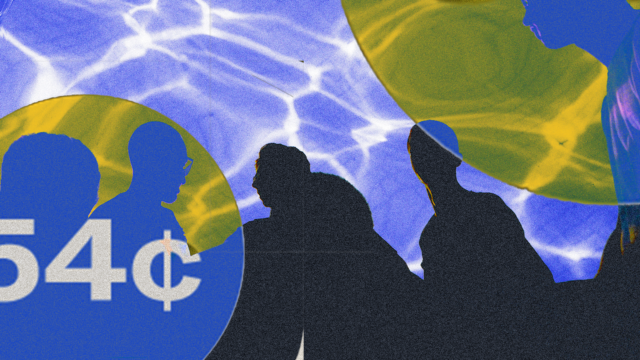
Sobrevivientes de violencia con armas de fuego en los Estados Unidos
Esta encuesta explora la amplitud de la violencia con armas de fuego en los Estados Unidos y su impacto en los sobrevivientes.
Report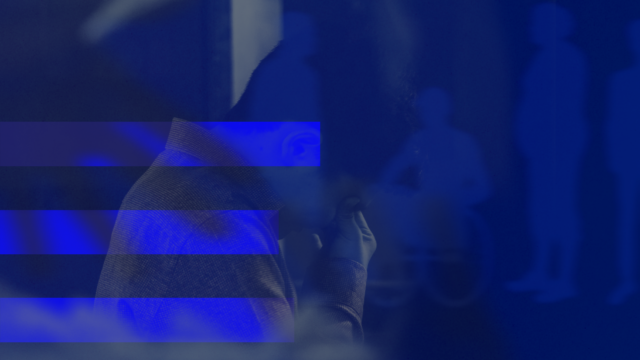
Gun Violence Survivors in America
This survey explores the breadth of gun violence in America and how it impacts survivors.
Report
Armed Extremism in Buffalo: Online Gun Communities Provide a Path of Radicalization and Training to a Racist Shooter
The Buffalo, NY mass shooting in May 2022 at Tops Friendly Market was an act of white supremacist, hate-motivated violence.
Report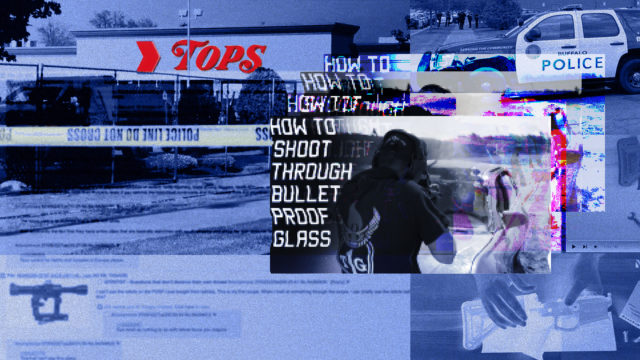
Too Many, Too Soon: Youth Firearm Suicide in the United States
Firearm suicide is having a devastating impact on American youth. But suicide can be prevented.
Report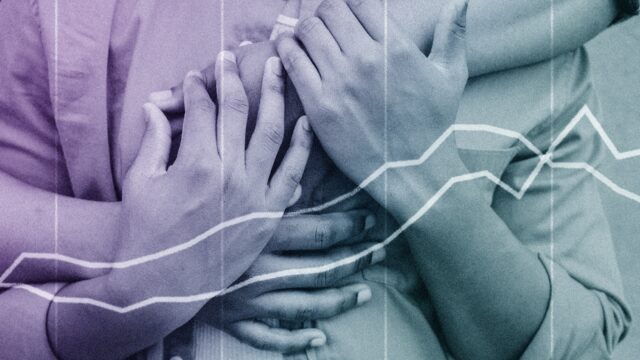
When the Shooting Stops: The Impact of Gun Violence on Survivors in America
The trauma of gun violence doesn’t end when the shooting stops. Experiencing gun violence has a lasting impact on survivors.
Report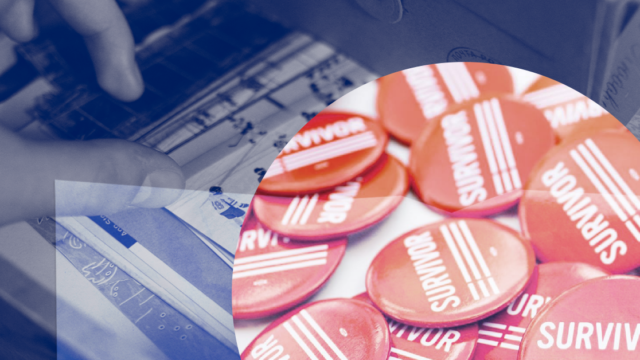
Cuando el tiroteo se detiene: El impacto de la violencia con armas de fuego en los sobrevivientes de los Estados Unidos
El trauma de la violencia con armas de fuego no termina cuando se detiene el tiroteo.
Report
Misogyny, Extremism, and Gun Violence
The impact of violent misogyny, combined with the unique harm of violence involving guns, makes addressing it an urgent issue.
Report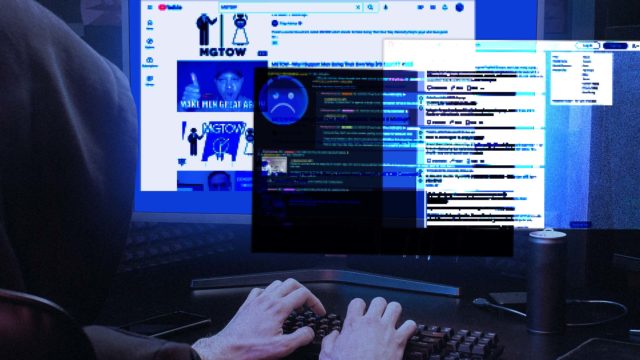
El impacto de la violencia con armas de fuego en las comunidades latines
Las personas latines en los EE UU mueren a causa de la violencia armada en tasas desproporcionadas con respecto a los blancos.
Fact SheetAlternative Dispatch Programs
Creating alternative dispatch options that connect people in crisis with mental health services is key in preventing police gun violence.
Fact Sheet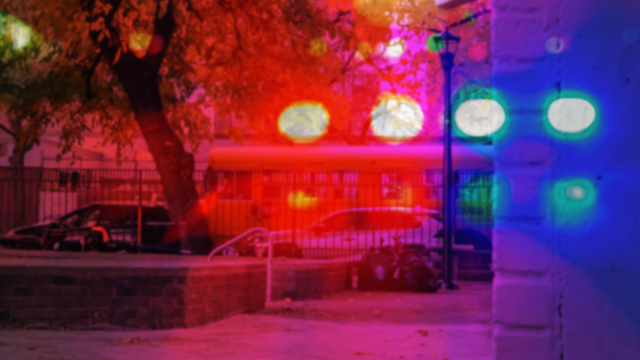
Hurdles to Healing: Fixing Victim Compensation Funds
Victim compensation funds are available to survivors of gun violence, but obstacles and restrictions make the funds difficult to access
Fact Sheet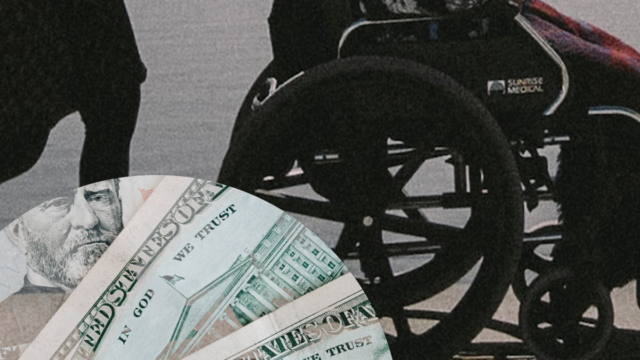
Community-Led Services for Survivors
Community-led services can assist survivors by responding to incidents of gun violence in their community and providing ongoing care.
Fact Sheet
The Dangers of Shooting First: “Stand Your Ground” Laws Are a License to Kill
For centuries, self-defense laws have given people the right to protect themselves. Shoot First laws, also known as Stand Your Ground laws, go beyond these…
Report
Community-Led Public Safety Strategies
Communities affected by gun violence need immediate and locally driven interventions in addition to larger scale policy reform.
Fact SheetGun Violence and the Police
Every year, police in America shoot and kill more than 1,000 people.
Fact Sheet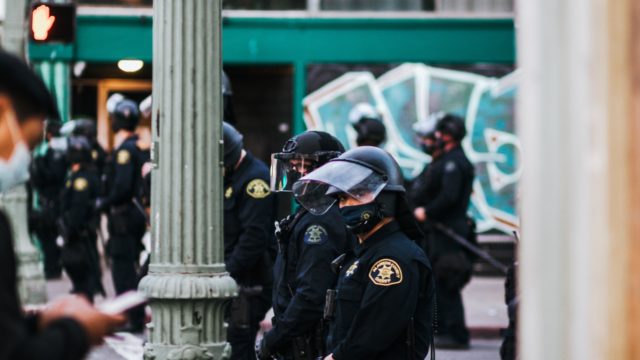
Remembering and Honoring Pulse: Anti-LGBTQ+ Bias and Guns are Taking the Lives of Countless LGBTQ+ People
Pulse is a reminder of the work that remains to end the acts of gun violence that wound and kill LGBTQ+ Americans today.
Fact Sheet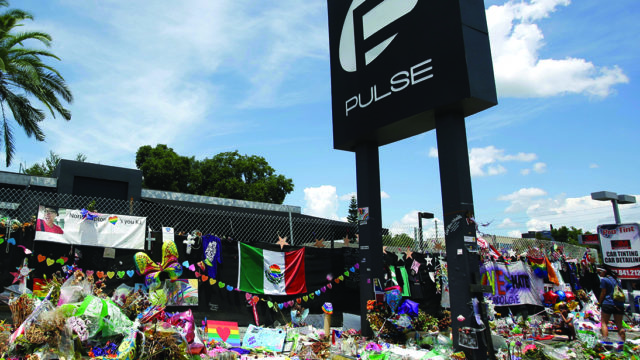
A Fund for Healing: VOCA Grants for Violence Reduction
America’s gun homicide rate is tragic and unique—it is 26 times higher than that of other high-income countries.1…
Report
